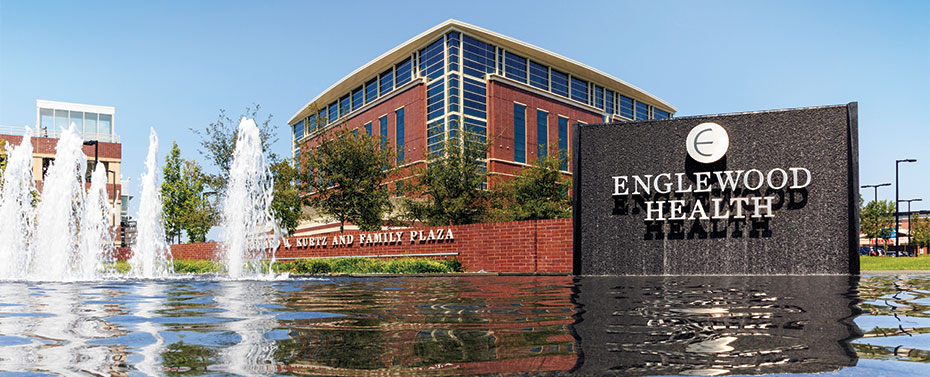The 1980s

Advances in computers, lasers, and new technologies would again change diagnosis and treatment in the 1980s. Advances in genetics and a better understanding of the body and its immune system would introduce “biotech” to the vocabulary, creating the expectation of a new generation of drugs and treatments.
The 1980s also brought a new vocabulary of services, equipment, and payment policies to the hospital, such as CAT-scan, MRI, DRG, prospective payment, genetic counseling, imaging, catheterization, geriatrics, mammography, laparoscopy, ambulatory surgery, HMOs, PPOs, PPAs, and managed care. The decade also introduced a new array of alternative delivery systems that would require hospitals across the nation to contend with decreasing occupancy rates and rising costs, and with new definitions of quality and competitiveness.
Simultaneously, hospitals faced competition from other hospitals and from alternative delivery systems—HMOs, freestanding ambulatory facilities, and off-site diagnostic and rehabilitation centers. Hospitals that would continue to be successful would be those with a solid infrastructure, technology, and a service mix.
Englewood Hospital entered its 10th decade with a new state-approved five-year plan. It called for a $9 million expansion and renovation to accommodate a new surgical suite, patient care floors, and facilities to serve an increasing number of ambulatory (same-day surgery) and rehabilitation patients.
The new surgical facilities included a 14-bed operating room suite and a 28-bed recovery room. Dean Wing floors seven and eight were completed and equipped with 86 beds as medical teaching and surgical care floors; they replaced an equal number of beds removed from service in other hospital areas. The plan also included a new 360-car parking garage, the demolition of the North Wing and, in its place, construction of the Medical Center of Learning, which was dedicated in 1984.
In the mid-1980s, the hospital was designated a major teaching facility and expanded graduate medical education for the attending staff. In 1986, Englewood became the state’s first hospital to install an MRI. Soon, it obtained a second CAT scanner, established a six-station, end-stage renal dialysis unit, and created an aspiration cytology room to perform fine-needle biopsy studies.
As heart and vascular treatment needs increased, the hospital invested in new specialized facilities such as the cardiac catheterization laboratory. In 1986, Englewood was the only hospital in the state to participate in the federally funded TIMI (Thrombolysis in Myocardial Infarction), a study to reduce heart attack death and disability through drugs instead of surgery.
New services followed in the wake of new knowledge and technology as well as community needs. Cancer was a growing concern, and the hospital responded by creating a centralized oncology unit to offer skilled comprehensive care and support to cancer patients and their families. In the late 1980s, a mammography unit was created for diagnostic screening for breast cancer.
The hospital’s large-scale education and training facilities were vital to its plans to become a teaching center. In 1989, it became the first New Jersey affiliate of the Mount Sinai School of Medicine and a member of the Mount Sinai Health System. By 1990, residency programs encompassed medicine, surgery, pediatrics, dentistry, pathology, obstetrics and gynecology, and a freestanding vascular fellowship.
The training facilities also enhanced the schools of nursing and radiography. The School of Radiography reflected changes in medical technology and the hospital’s investment in state-of-the-art developments. Students received hands-on experience with the most sophisticated technological equipment including the CT scanner, digital intravenous angiography, cardiac catheterization, gamma camera, fetal monitoring, bone scanner, linear accelerator, ultrasound and the newest noninvasive imaging equipment, the magnetic resonance imager (MRI).
